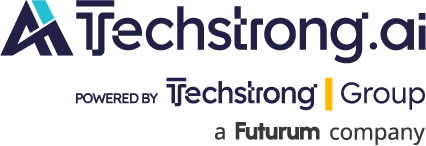
DeepSeek researchers on Monday released V3.2-exp, an experimental artificial intelligence (AI) model engineered to significantly reduce computational costs during long-context processing operations — albeit a modest sequel to R1, the industry-redefining model that bolted out of nowhere earlier this year.
The Chinese startup announced the model through a Hugging Face post, accompanied by an academic paper published on GitHub detailing the technical innovations behind the system.
At the core of V3.2-exp is DeepSeek Sparse Attention, an architecture that employs two key components to manage computational resources more efficiently. A “lightning indexer” module identifies and prioritizes relevant excerpts from the model’s context window. A secondary “fine-grained token selection system” then extracts specific tokens from those excerpts to load into the model’s constrained attention window.
The dual-layer approach enables the system to process extensive contextual information while maintaining relatively modest server requirements, a persistent challenge in the AI industry.
Preliminary internal testing suggests the technology could reduce API call costs by up to half in long-context scenarios, according to DeepSeek. However, the company acknowledged that more comprehensive testing is needed to substantiate those figures.
The model’s open-weight distribution on Hugging Face should enable independent researchers to verify DeepSeek’s performance claims in the near future.
The release represents the latest effort to address inference costs, an ongoing computational expense of operating pre-trained AI models, separate from initial training costs. DeepSeek’s approach focuses on optimizing the fundamental transformer architecture that underpins most modern AI systems.
DeepSeek captured industry attention in early 2025 with its R1 model, which utilized reinforcement learning techniques to achieve training costs substantially lower than American competitors. Many called it a Sputnik Moment for the fledgling AI industry.
Despite initial predictions of a paradigm shift in AI development, R1 has not fundamentally transformed industry practices, and DeepSeek has maintained a low profile in recent months until Monday’s announcement.
While V3.2-exp’s sparse attention methodology may not generate the same level of attention as R1, industry observers suggest the technique could offer valuable insights for U.S. AI providers seeking to control operational costs.
By contrast, American tech leaders like OpenAI, Apple Inc., Oracle Corp., and Meta Platforms Inc. are throwing hundreds of billions of dollars into the construction of gigantic, energy-guzzling data centers to achieve superintelligence AI despite potential damage to the environment. It harkens to a domestic approach in the auto industry, where Cadillacs were built while Asian markets produced energy-efficient, lower-cost economy vehicles.
The DeepSeek model may appeal as a low-cost mode for most countries.

